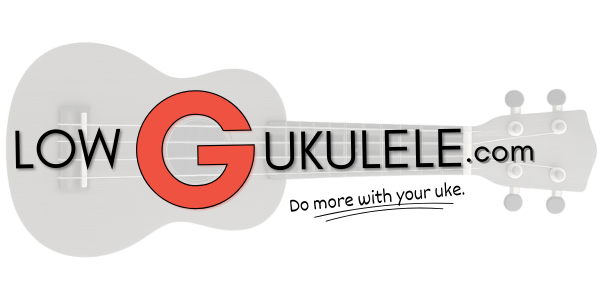When reading music, knowing how the lines and spaces of the staff match up with string number and fret position is only half the battle. The position of the note on the staff tells you pitch, but the appearance of the note and any associated symbols tells you how to play that pitch in rhythm.
Even if you stick to mostly reading TABs for note pitch, knowing how to read the rhythm of a tune from the staff is extremely useful. Rhythm information isn’t always clear in TABs. The only way to play a song properly if you only have a TAB might be to hear someone else play it first.
Rhythm Syllables Demystify Note Types
I often make reference to “rhythm syllables” as a way of explaining how a particular phrase in a song is meant to sound. Rhythm Syllables are a way of speaking a rhythm, with different sounds associated with different note types/lengths. There are several different rhythm syllable systems out there you may have heard or learned in a music class. I tend to use the Kodály system.
Quarter and Eighth Notes
In the Kodály system, the two most basic and frequently used notes, the quarter and eighth notes, are assigned the syllables TA and TI. A measure of music with a simple quarter and eighth note rhythm could be expressed this way:

Half Notes and Whole Notes
Notes longer than a quarter note get additional A’s to stretch them out over multiple beats:

Sixteenth Notes
Sixteenth notes are represented by alternating TI and RI when they appear in groups, or as a RI when they appear in combination with other notes:

Dotted Notes
A note with a dot next to it essentially has a 1.5x multiplier, so a dotted half note gets three beats, a dotted quarter note gets one and a half beats, and a dotted eighth gets three-quarters of a beat. The rhythm syllables look like this:

Triplets
Triplets are unique. They look like eighth notes, but they’re really each 1/3 of a beat. To differentiate them, they get the unique syllable combination TRI-O-LA:

Rests
Rests get a SH for every full beat and an UN for eighth rests:

Unusual Combinations
There are a lot of possibilities with rhythm as you mix the different notes types. If there’s ever an unusual combination in a song I post, I will usually discuss it in the article and provide the rhythm syllables, but if you ever run across a difficult passage elsewhere, this is the best guide I’ve found for unusual rhythm combinations. Their Kodály chart is a great printable quick reference if you want a comprehensive guide on hand.
Rhythm Syllable Practice
I’ve created a piece of sheet music full of different rhythm combinations that you can print out. Practice expressing the rhythms as syllables either out loud or by writing them on the page below the notes. All of the notes are the same pitch so you can focus just on the rhythm.
Things get a bit more challenging in the last line of the practice sheet. You may need to refer to the chart in the link I included above to find the proper rhythm syllables for the more exotic note pairings.
Keep in mind that these syllables aren’t magic. They’re just a tool. Especially as you get into more complex beats, you want to practice with a metronome and make sure you are actually saying the syllables (either out loud or in your head) in time to the beat.
Click the download button below if the embedded PDF doesn’t display properly in your browser.
Rhythm Syllable Practice PDF Download

Leave a Reply